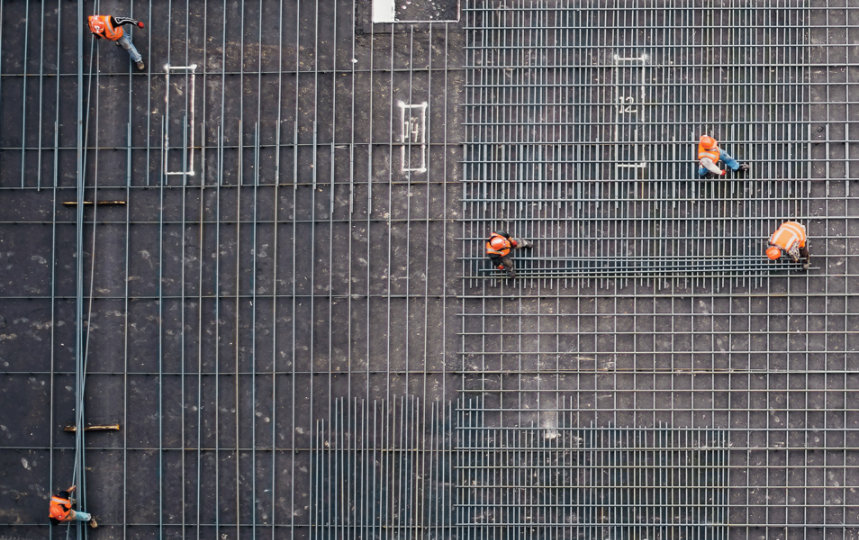Our commitment
We are committed to robust programs to reduce our Scope 1 and 2 emissions (direct and indirect from energy consumption) to near zero and our Scope 3 (indirect) emissions by more than half by 2030.
Our approach
As we work to reduce the carbon intensity of our operations, we prioritize solutions that align with our sustainability goals.
Increasing efficiency
We are driving new innovation in design for our products and infrastructure in order to reduce energy and carbon intensity, seeking to minimize both downstream and upstream carbon emissions.
Building markets
Scaling sustainability initiatives, such as the Microsoft Climate Innovation Fund and internal carbon fee, position us to invest in and purchase from nascent technology providers, to help build supply chains for decarbonized materials and fuels.
Forging partnerships
Microsoft cannot achieve carbon negative alone. We are working to scale supply chain decarbonization by aligning financial and government leadership, to signal global market demand and infuse investment into infrastructure and technology solutions worldwide.
Improving measurement
We cannot manage what we cannot measure. We are developing improved Scope 3 data visibility and carbon accounting methodologies to better guide and reflect meaningful actions towards reducing carbon emissions.
Advocating for policy
We continue to propose and endorse public policies that enrich markets, partnerships, and measurement activities, with a focus on “greening the grid.”
Projects of interest
We procure low-carbon and virtual products seeking to support market development of yet to abate sectors and bringing low-carbon products and services to scale.

Materials
To drive deeper reductions in embodied carbon—carbon released during the lifecycle of building materials, including extraction, manufacturing, transport, construction, and disposal—we are pursuing the use of transformational low-carbon materials such as steel and cement.

Fuels
We are working toward eliminating our dependence on diesel fuel for back-up power in our datacenter operations by 2030, purchasing Sustainable Aviation Fuel (SAF), and partnering with suppliers to reduce emissions across all areas of transportation.
Submit a proposal
Do you have a solution that can help us meet our carbon reduction targets? Complete our Microsoft Carbon Reduction Inquiry form to share details.

